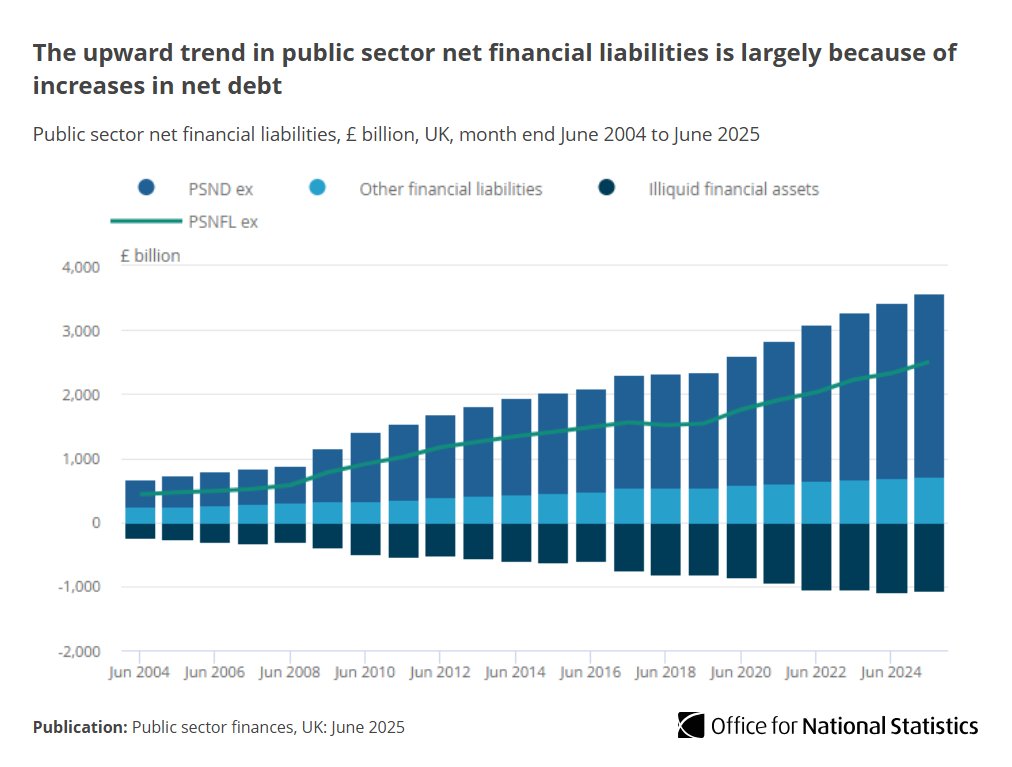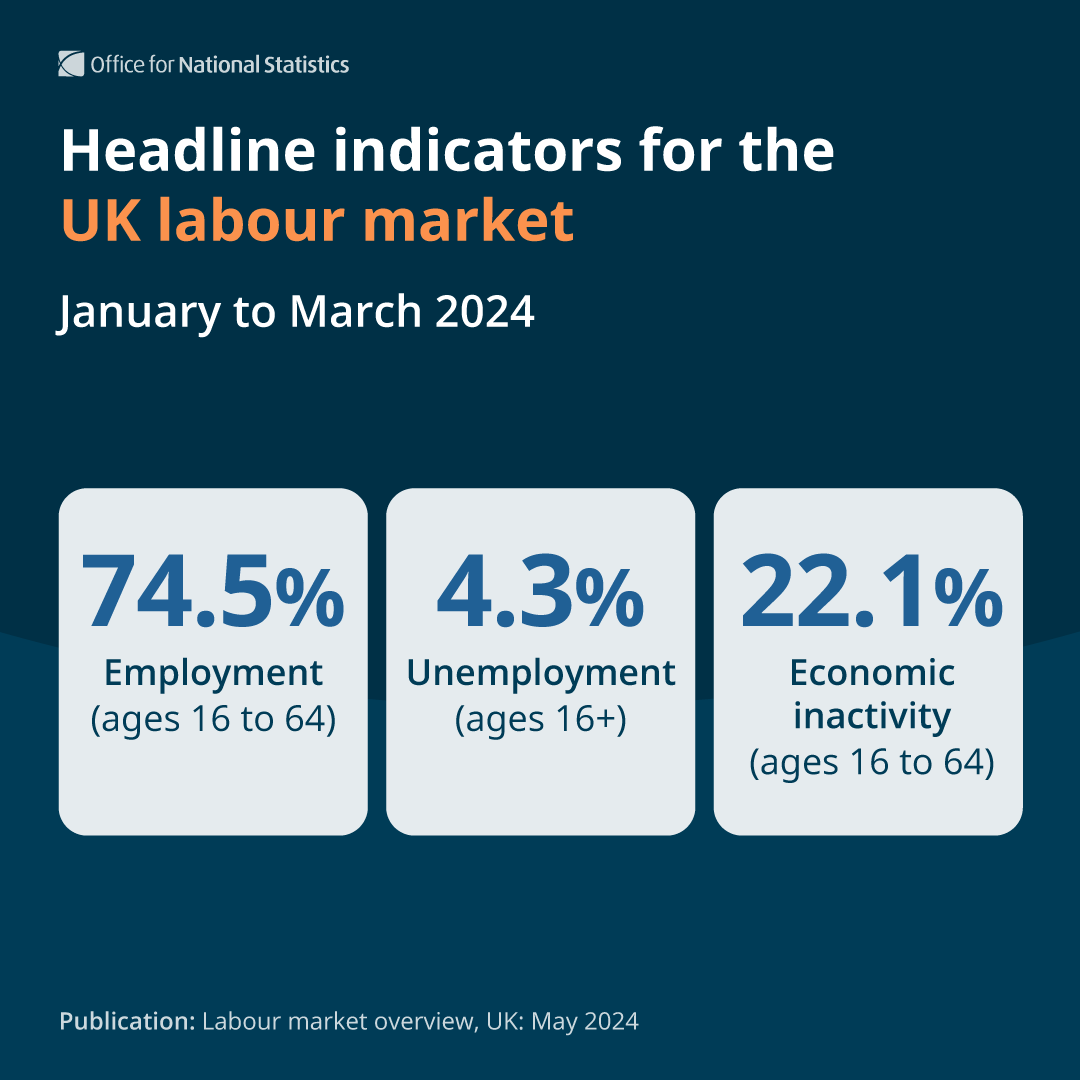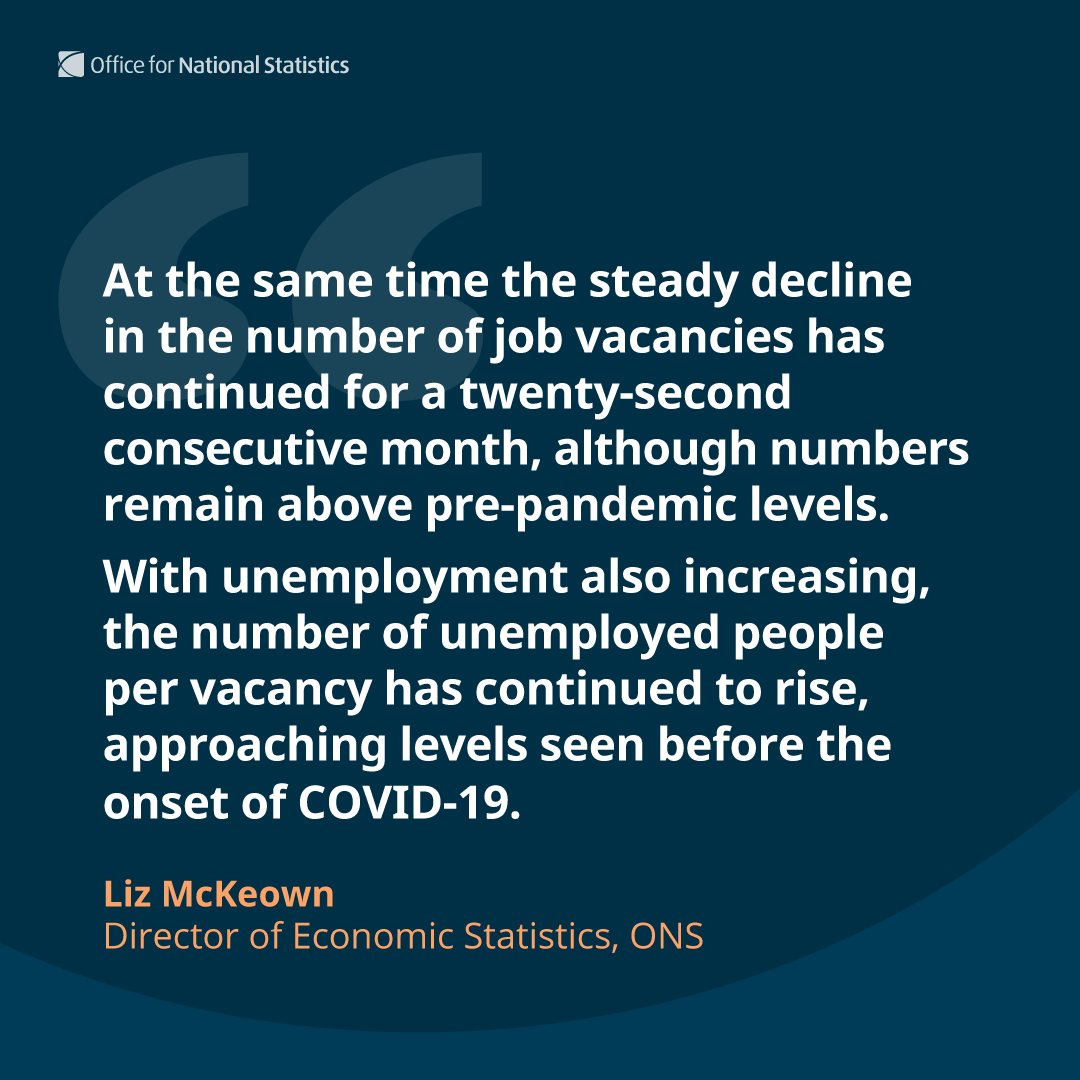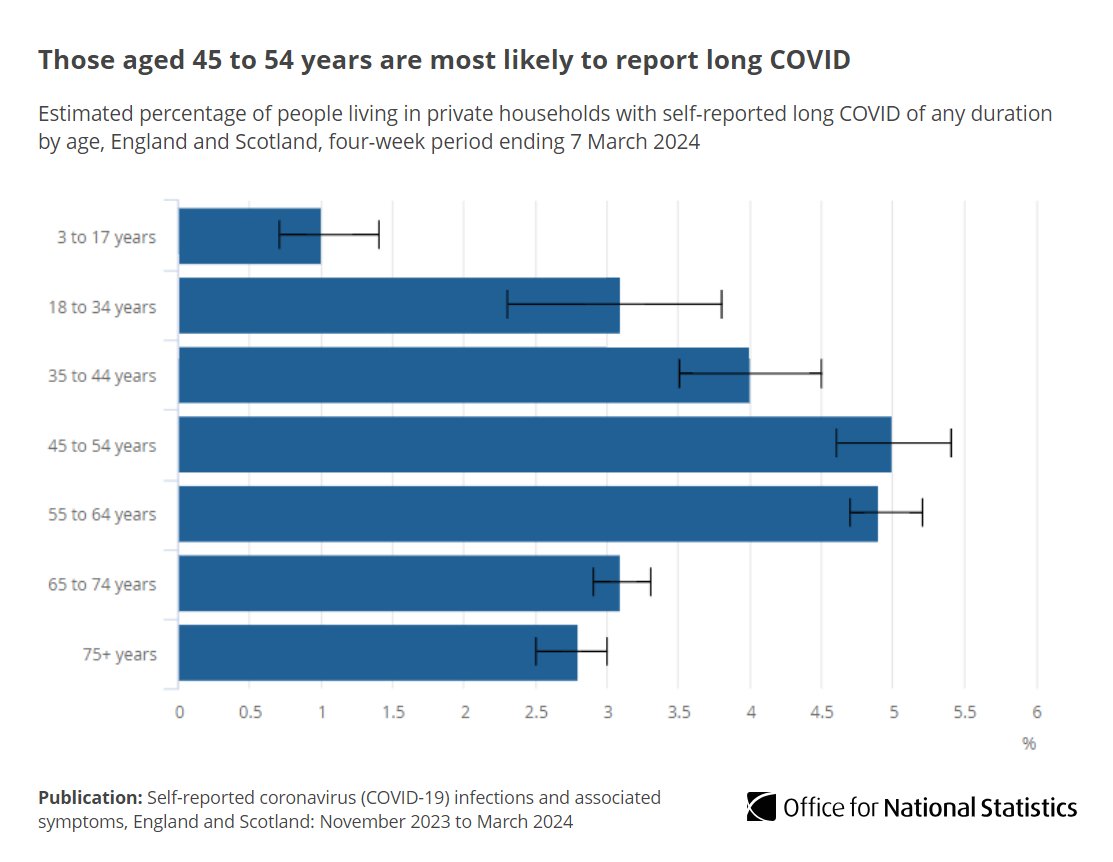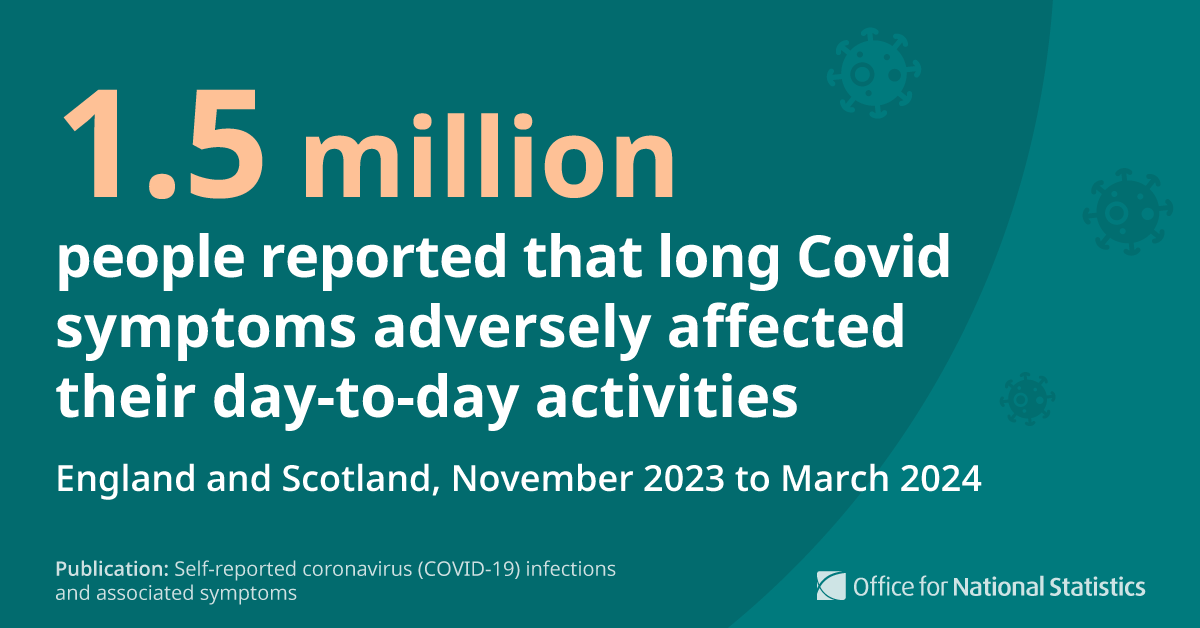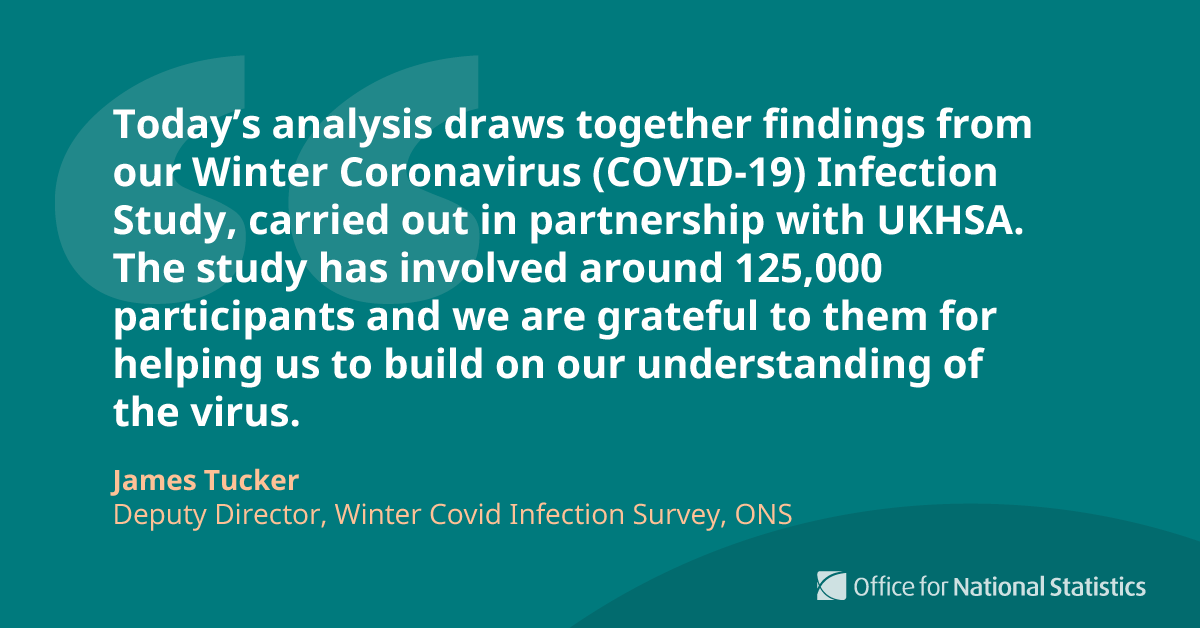There were 24.8 million households in England and Wales in 2021, according to new #Census2021 data 🏠
This is an increase of 6.1% from 2011 (23.4 million).
➡️ ow.ly/MILu50LrHOl
This is an increase of 6.1% from 2011 (23.4 million).
➡️ ow.ly/MILu50LrHOl

The average household size in England and Wales in 2021 was 2.4 people per household, the same as in 2011.
The areas with the highest average household size, all 3.0 residents per household, were:
🏠 Newham
🏠 Slough
🏠 Redbridge.
The areas with the highest average household size, all 3.0 residents per household, were:
🏠 Newham
🏠 Slough
🏠 Redbridge.

51.7% of households in England and Wales were deprived in at least one measure of household deprivation.
This number has decreased since 2011, when it was 57.6% (13.5 million) 📉
By region, household deprivation was highest in the North East and lowest in the South East.
This number has decreased since 2011, when it was 57.6% (13.5 million) 📉
By region, household deprivation was highest in the North East and lowest in the South East.

Of all households in England and Wales:
🏠 63.0% of households were single family households
🏠 30.2% were one person households
🏠 6.8% were multiple family or other household types.
🏠 63.0% of households were single family households
🏠 30.2% were one person households
🏠 6.8% were multiple family or other household types.

The percentage of usual residents aged 16 years and over who were never married and never been in a civil partnership has increased in England and Wales - from 34.6% in 2011 to 37.9% in 2021.
➡️ ow.ly/MILu50LrHOl
➡️ ow.ly/MILu50LrHOl

• • •
Missing some Tweet in this thread? You can try to
force a refresh



